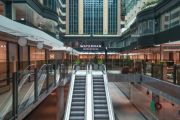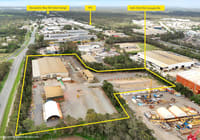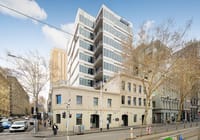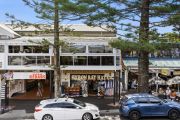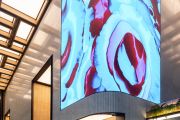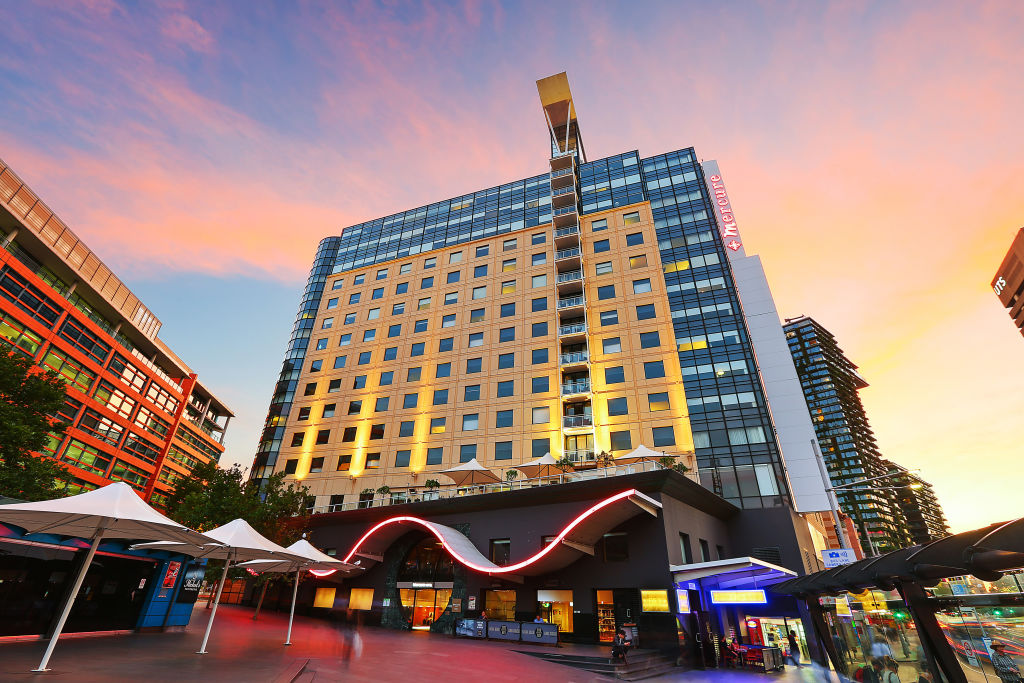
Green hotels winning over consumers, banks
More Australian hotels are going green while simultaneously winning over banks and consumers, new data shows.
The latest National Australian Built Environment Rating System (NABERS) annual report found offices are no longer the main players in the energy efficiency space, with hotel ratings jumping 40 per cent in 2024-25.
The rise in hotel sustainability has been spurred on by government procurement policies and investor requirements, many of which prioritise buildings with high NABERS ratings.
Demand for eco-friendly hotel rooms is also increasing, thanks to NABERS ratings being displayed on Google Travel. This consumer-facing transparency reflects an increased appetite for sustainability, and this is starting to influence hotel profitability, says Vanessa Rader, Ray White Group’s head of research.
“As time goes on, more consumers are going to be wanting to align themselves with eco-friendly,” Rader says.
“As a result, I think that will mean that those hotel assets will have elevated occupancy. They may also be able to charge a little bit more, so they are going to be worth more and their income is going to be higher.”
NABERS rates hotel energy and water efficiency on a six-star scale. High ratings are achieved through measures such as solar systems, water monitoring, LED lighting, double-glazing, low-carbon-emission heating and cooling, and automated controls. Many of these initiatives are standard in new buildings, but are also being retrofitted in older hotels.
Installing renewable energies and even total electrification may be costly, but by doing so, hotel operators are unlocking easier access to green loans, says Youree Park, JLL vice president, hotels and hospitality group.
“Green building certifications such as NABERS in Australia are typically used as performance standards for building codes as well as for green financing, which has a direct impact on developers’ decisions to adopt green building practices,” she says.
The Holiday Inn Express Macquarie Park hotel in Sydney is an exemplary case. “There, Pro-invest achieved a post-construction four and a half-plus star rating for energy and water under the NABERS system for four consecutive years, which allowed them to secure a sustainability loan with Aareal Bank,” Park says.
“At the same time, international operators have been pursuing green buildings, driven by their own sustainability commitments and also to attract corporate and government demand, which is increasingly requiring building certifications as part of the RFP [request for proposal] process.”
CapitaLand, the owner of Citadines, lyf and Oakwood hotels and serviced apartments, and the Schwartz Family Company, owner of Mercure Sydney, Rydges Sydney Central and the Fairmont Resort, among others, have brought about 6000 rooms across Australia into measured NABERS performance reporting in the 2024/25 financial year.
Of the 15 hotels owned by Jerry Schwartz’s company, 11 are NABERS certified. He says green credentials are becoming more important to travellers.
“Increasingly, companies looking to hold conferences are also asking for sustainability certifications when deciding on a venue for their events and favouring those hotels that do,” Schwartz says.
“Even some airline crew prefer to stay in NABERS-rated hotels.”
The NABERS annual report shows data centres are leading the sustainability charge with a 87 per cent jump in the number of centres certified in the 12 months to July 1. Warehouse and cold storage facilities followed at 44 per cent, and shopping centres lagged behind at 5 per cent.
Overall, NABERS recorded a huge 120 per cent growth in certifications across all buildings compared to FY24, mainly owing to 3652 public schools earning certificates – up from 52.
